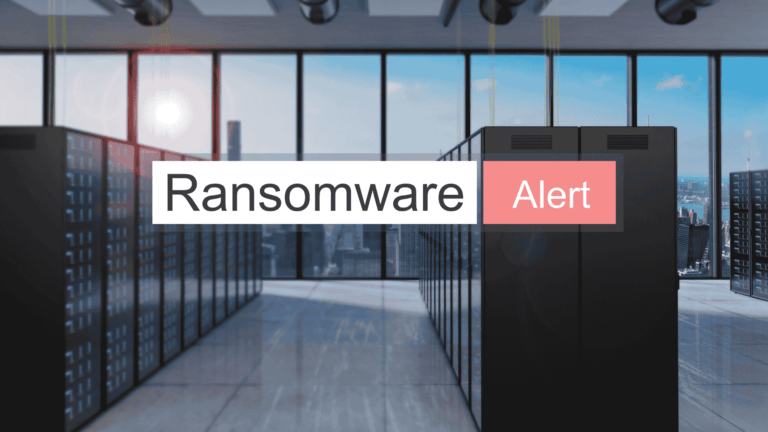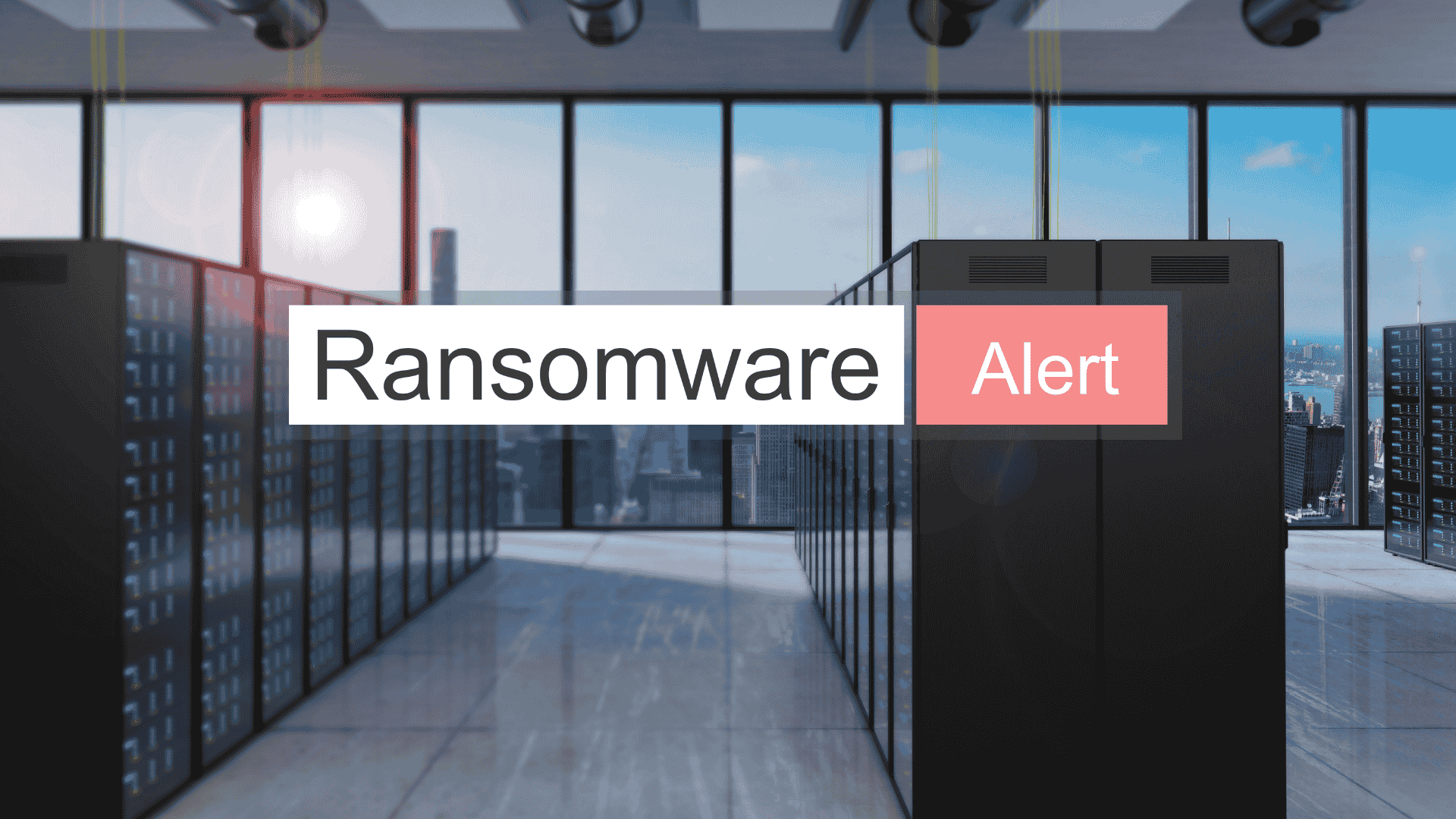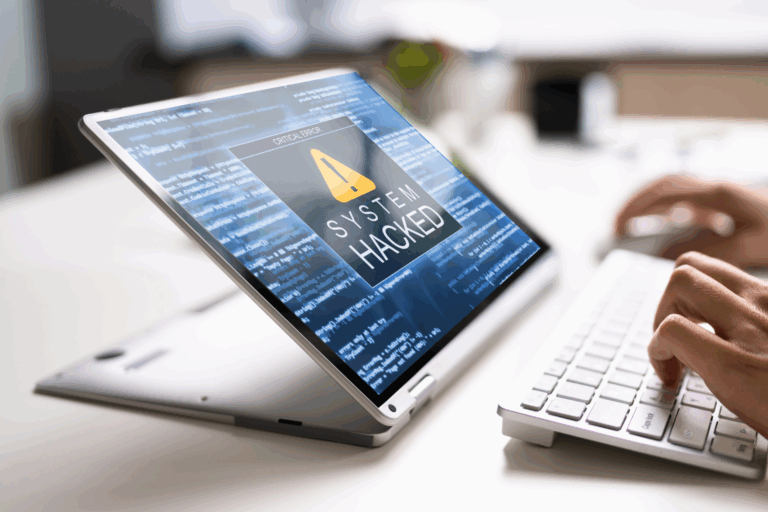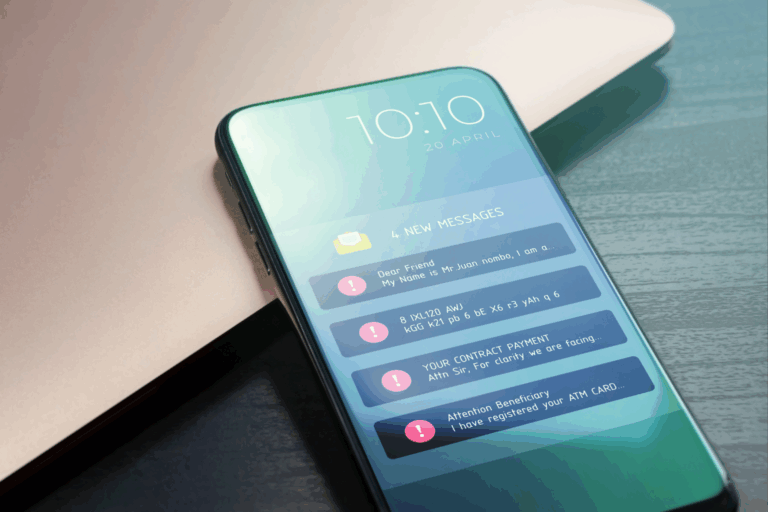What happens to fintech companies during ransomware attacks?

Ransomware attacks are growing. In 2024 alone, 65% of financial organizations reported being targeted, and the average downtime following such an attack? A shocking 24 days.
Imagine this: your business, unable to process transactions, locked out of its systems for nearly a month. Customers grow frustrated as access to their accounts disappears. Regulators knock on your door, asking tough questions about compliance failures.
Meanwhile, your competitors step in to capture the market you’ve worked so hard to build.
This is the devastating domino effect of a prolonged cyberattack. For fintech companies, the stakes couldn’t be higher. The good news is, you can avoid this scenario with the right preventive measures in place.

A 24-day nightmare after a ransomware attack
To truly grasp the stakes of ransomware attacks in a fintech company, let’s walk through a hypothetical 24-day downtime scenario and its escalating consequences.
Days 1–3: the lockdown begins
Your IT team detects suspicious activity: unauthorized access to critical systems. Within hours, ransomware takes hold, encrypting your entire payment processing infrastructure. A ransom demand arrives, threatening to delete or leak sensitive data if payment isn’t made.
Employees are locked out of their tools, and customers can’t complete transactions. Your team scrambles to understand the scope of the breach, but without a comprehensive incident response plan, chaos ensues.
Key impact:
- Immediate halt in operations, leaving customers stranded.
- Initial panic within the organization, delaying effective response.
Days 4–7: fallout takes shape
Customer complaints skyrocket. Social media buzzes with negative feedback, eroding trust in your brand. Major clients begin to demand answers, and regulatory bodies reach out to assess whether compliance protocols were violated.
Your IT team works around the clock to assess damage and explore recovery options, but the lack of up-to-date backups complicates efforts. Paying the ransom becomes a tempting—but risky—option.
Key impact:
- Customer trust begins to waver.
- Regulatory inquiries increase pressure on leadership.
- Potential fines loom due to non-compliance.
Days 8–14: financial damage intensifies
With operations still frozen, your company begins hemorrhaging revenue. Payment delays lead to financial penalties, while staff productivity plummets. Competitors capitalize on the situation, targeting your customers with promises of reliability and stronger security.
Even worse, internal morale starts to dip as employees fear layoffs, and some speculate about insider involvement in the breach.
Key impact:
- Revenue losses escalate daily.
- Competitors take advantage of the chaos.
- Long-term reputational damage takes root.
Days 15–24: a costly recovery
Finally, progress is made on decrypting systems—either by paying the ransom or restoring partial functionality. However, the financial cost is staggering. Legal fees, customer compensation, and penalties for failing to meet regulatory standards pile up.
By the time systems are back online, the company’s reputation has taken a severe hit, and rebuilding trust will take months—if not years.
Key impact:
- Recovery costs far exceed preventive measures.
- Long-term client attrition damages future growth.
- Leadership must justify the losses to shareholders and stakeholders.
The true cost of ransomware attacks
The financial and reputational toll of ransomware attacks extends far beyond the initial incident. For fintech companies, where speed, trust, and operational continuity are non-negotiable, the costs of inaction can be catastrophic.
OPERATIONAL DOWNTIME
Every hour of downtime translates to lost revenue. For a fintech company processing thousands of transactions daily, a 24-day shutdown could result in millions of dollars in missed payments, penalties, and delayed services. The impact ripples across the organization, from stalling growth initiatives to derailing customer service efforts.
REPUTATIONAL DAMAGE
In Fintech, trust is everything. Ransomware attacks can be seen not just as a technical failure but as a betrayal of customer trust. Studies show that nearly 60% of customers avoid businesses affected by breaches for fear of compromised security. The longer the downtime, the harder it becomes to repair a tarnished reputation.
REGULATORY PENALTIES
Fintech companies operate in a highly regulated environment, and failing to safeguard sensitive data can lead to significant fines. Breaches that expose customer data, violate GDPR, or disrupt financial services invite penalties that compound the financial blow of an attack.
POST-ATTACK RECOVERY
Even after systems are restored, the costs continue to mount. IT teams must perform extensive audits, strengthen defenses, and update compliance measures. Recovery efforts can take months, diverting resources from innovation and growth.
LOST COMPETITIVE EDGE
Prolonged downtime hurts your bottom line and hands your competitors an advantage. While your company struggles to recover, competitors can capture dissatisfied customers and position themselves as more reliable alternatives.

Build secure systems for liquidity sssets with Clovr Labs
While the cost of ransomware attacks can be overwhelming, these scenarios are entirely preventable.
At Clovr Labs, we specialize in helping Fintech companies stay ahead of evolving threats through proactive, tailored cybersecurity solutions.
Liquid Threat Mapping: know your weaknesses before attackers do
Our Liquid Threat Mapping service focuses on identifying and prioritizing risks unique to Fintech, such as unauthorized transactions targeting high-liquidity assets.
- How it works: We assess your critical assets, uncover vulnerabilities, and provide actionable insights to strengthen defenses.
- Why it matters: By addressing risks before they materialize, you minimize the likelihood of a breach disrupting your business.
360 Attack Exposure: stress-test your defenses
To truly understand your organization’s readiness, our 360 Attack Exposure combines offensive tactics like penetration testing, social engineering simulations, and physical security assessments.
- How it works: We simulate real-world attacks to identify weaknesses across all vectors—digital, physical, and human.
- Why it matters: This comprehensive approach ensures your defenses are prepared to withstand modern, multi-faceted cyber threats.
Non-Linear Defense: stay one step ahead
With attackers constantly evolving their tactics, static defenses aren’t enough. Our Non-Linear Defense uses deception networks to detect, analyze, and outmaneuver threats before they escalate.
- How it works: We create dynamic traps that engage with attackers, providing early warnings and actionable intelligence.
- Why it matters: Proactive threat detection helps you counter attacks before they can cause downtime or financial loss.
Unlike generic cybersecurity providers, Clovr Labs brings insider expertise to Fintech challenges. Our solutions are not just preventative but integrative, designed to enhance your daily operations while protecting your assets.
When you work with us, you gain a partner who understands the high stakes of your industry and delivers security solutions tailored to your needs.
Ready to take the next step? Contact our team for tailored solutions designed to meet your organization’s unique needs.







